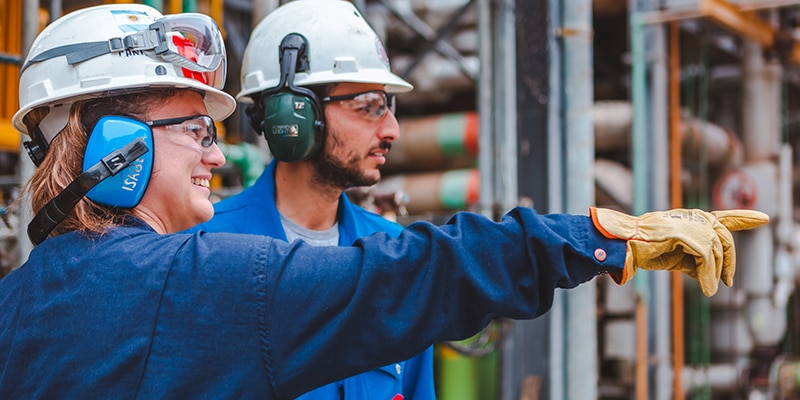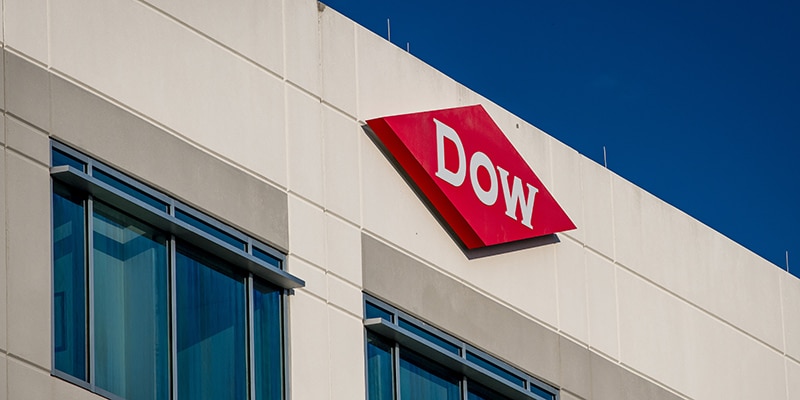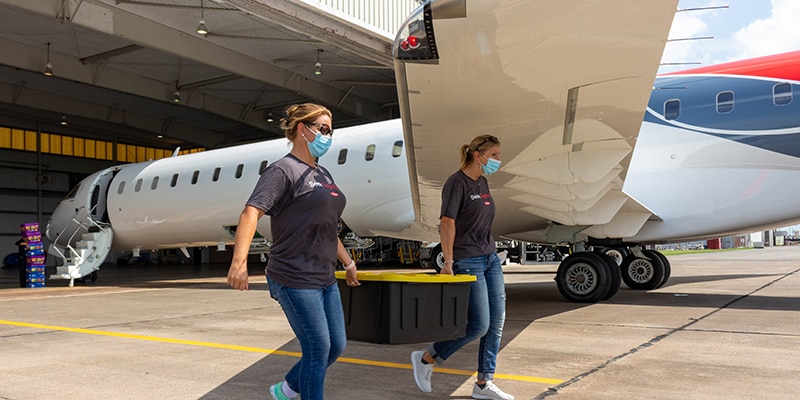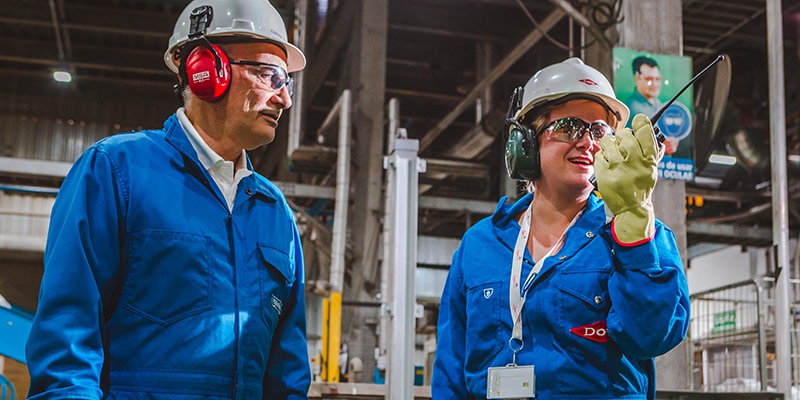Dow’s Water Resilience Index

To understand water resilience, we assess four key factors that provide a holistic view of water dynamics. These factors are fundamental indicators that allow us to better plan, respond and operate safely and reliably.
Water Supply & Supply Quality
This reflects the conditions of the watershed, including factors such as sourcing, access and demand.
Water Asset Management
This reflects how a site uses water, including factors such as infrastructure, process assets, and water conservation.
Wastewater Discharge
This reflects wastewater conditions, including factors such as process safety, health, and compliance.
Climate & Weather
This reflects established procedures for managing local weather conditions,
including extreme fluctuations.
All Dow sites rely on water to some degree—it’s a critical resource for many scientific and manufacturing processes. Every site will be evaluated to better understand its current resilience and inform plans to achieve lasting water resilience.
To accelerate our progress towards water resilience, we identified 20 sites that have a unique relationship with water. These sites meet at least two of the following criteria:
- Considerable water withdrawal
- Focus of significant decarbonization or growth effort
- Located in a region considered water stressed
These criteria represent the importance of water to the site’s operations and the increased pressure on water use and conservation. For our top 20 water-dependent sites, we will use an index to help inform plans to achieve water resilience and monitor progress towards those plans. Our target is for ten of those sites to be water-resilient by 2030, and all to be water-resilient by 2050.
Dow’s Top 20 Water-Dependent Sites
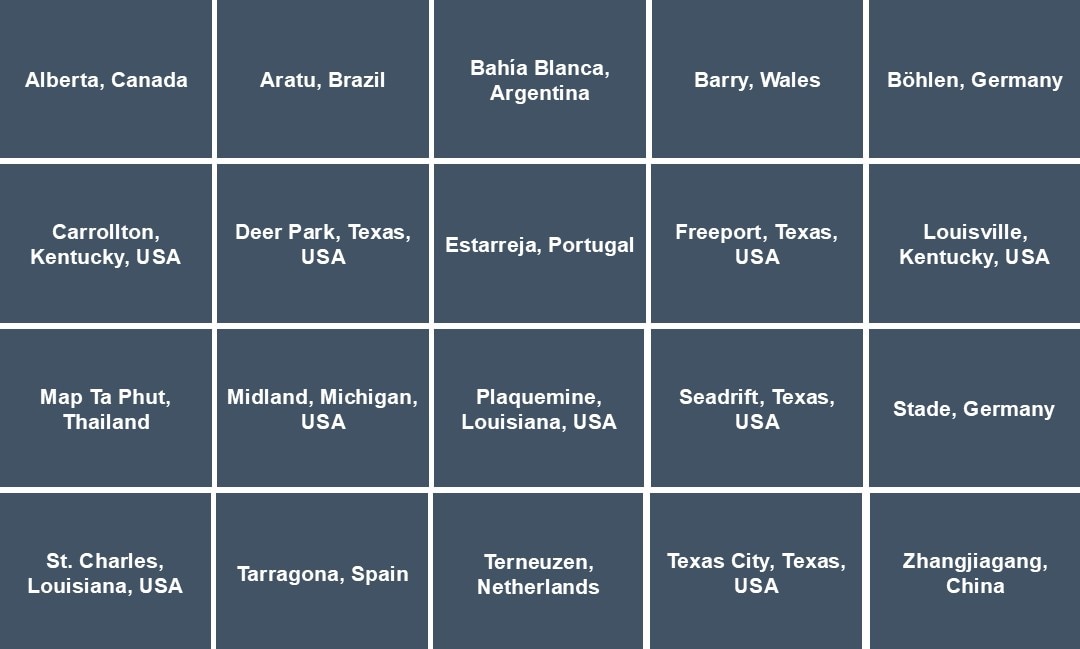
As announced with the launch of our next generation Water & Nature strategy, reporting for our top 20 water-dependent sites begins with the 2025 reporting cycle. The first water resilience index is anticipated to publish in June 2026.

